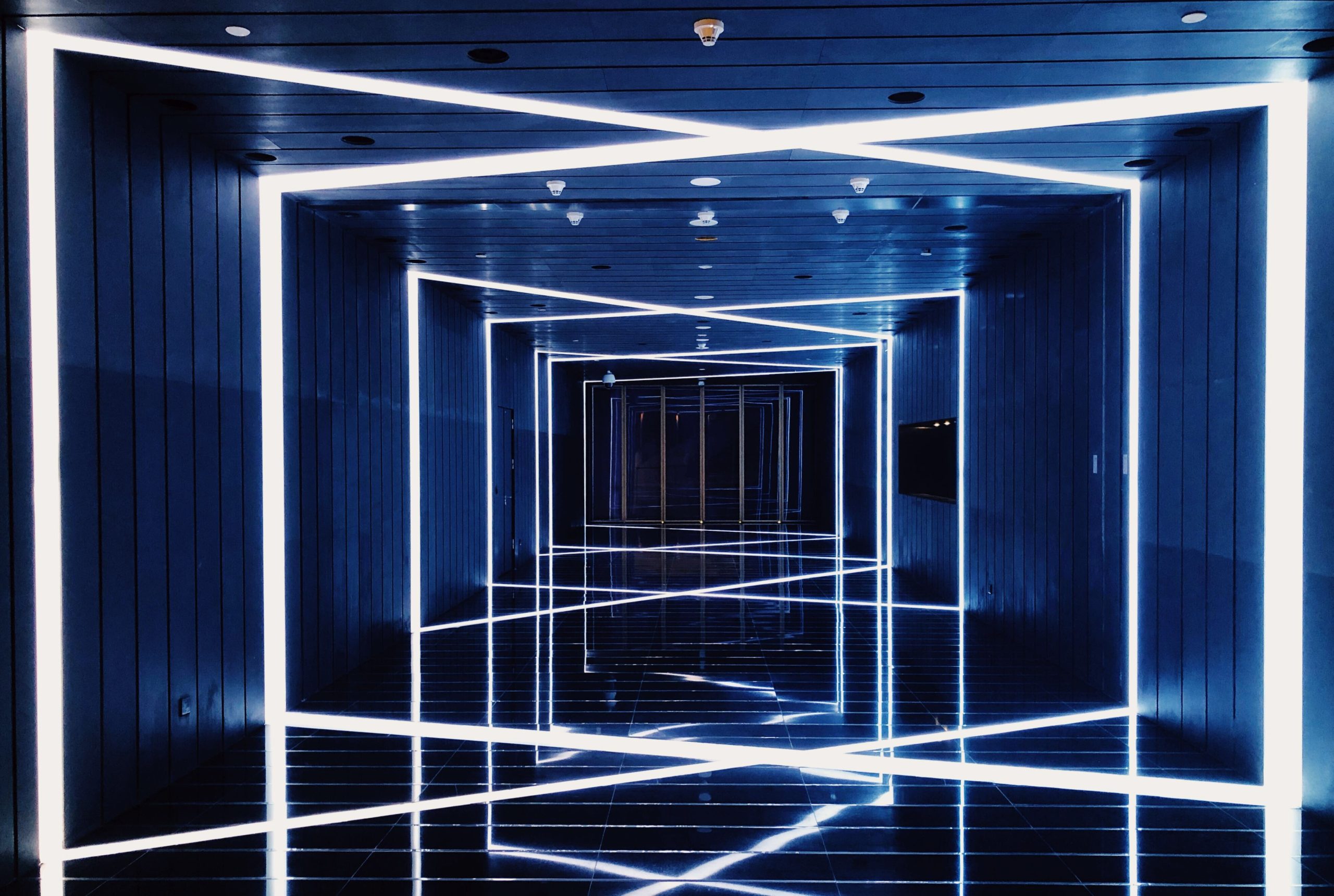Why people invest in architectural lighting fixtures and fittings

Well-planned architectural lighting schemes incorporate layers of light. They also work well to make a space all the more attractive and from here, the lighting is able to flow more effectively. For an effective lighting scheme, accent lights can be very effective in the way they can project lighting across the entire interior space. Integrating it into your home is a long-term investment so you will want to get it right from the offset as it is also not a cheap service to invest in either.
Architectural lighting should be discussed at the outset of a project. You need to be as thorough as you can and as clear as possible in what you wish to achieve from having it all installed. For example, do you want the space to come across larger, brighter or are you simply trying to refresh your building. These are all great points to have a think about and consider.
How lighting can literally revolutionise a room
Lighting can revolutionise a room, whether that’s using it to create an energetic, productive or inspiring mood, or to make a space feel cosy and intimate. Architects and interior designers use lighting to impact people’s perception and experience. While functionality and efficiency are an essential part of design, the aesthetics and experience of people using that space are equally important.
The functional nature of how lighting works
Lighting is far more than a functional aspect— a poorly lit room is more likely to elicit feelings of stress or unhappiness than a room bathed in natural light. The right lighting transforms an oppressive room into an inviting sanctuary. Used strategically, lighting evokes feelings and emotions, influences colour perception and changes your impression of space. Poor lighting design is more likely to foster a negative experience.
A dark room will feel unwelcoming; harsh flickering office lights are often attributed to making people feel stressed or unwell. Lighting that interacts poorly with wall colour can distort the look of furnishings and décor. Most of us will have bought furniture or clothing that looked great in the brightly lit store, but not as good at home.
The three layer rule
Interior designers approach lighting a space in three layers. Firstly, does the light fulfil its visual task, e.g. is there enough light to see a flaw? Secondly, ambience; using lighting to set a mood and create an atmosphere. Thirdly, lighting for visual interest – how can it add a touch of magic? Simple choices like high or recessed light fittings draw people’s gaze upwards making a room feel more spacious, as they view it vertically rather than horizontally. Using lights to reflect off of a pale wall colour enlarges a small room, and recessed lights create a soft glow that doesn’t protrude into the room. When it comes down to it, large windows maximising natural light make any space feel larger and more open.
Lighting in offices
Offices and commercial spaces use lighting to encourage alertness and productivity. Ever wondered why staff are naturally keen for a desk close to the window? Natural light is attributed to increasing comfort in workplace settings, and therefore productivity.
Discuss architectural lighting in great depth and look to speak with an architect
It’s never too early to think about your lighting plans. Integrating it into your home is a long-term investment so you will want to get it right first time. It is crucially important that all the necessary electrics are in place before your walls are plastered. Any lighting that is built into a floor will require cabling and necessary fittings completed before underfloor heating is laid. Look to ensure the lighting is something that is covered off very early on before the major works have begun.
Don’t forget to make the most of lighting dropped ceilings
Dropped ceilings or coffers (built-in recesses in a ceiling) can be emphasised with clever architectural lighting design. Lights fitted around the edge of a ceiling, creating a darkened centre, will help reduce the height of a room, while lights in the centre of a ceiling shining outwards will draw the eye, helping to add a sense of height and space.
As LED fittings are small, it can be possible to fit recessed linear fittings into a ceiling without dropping it. LEDs can also be fitted behind panelling or cabinets for a warm glow, like that shown above. Choose good-quality products for long life-expectancy: you won’t want to change them too often.
Wall Wash Lighting
Fitted in the ceiling or the floor, wall washers illuminate a vertical surface, providing ambient lighting with a soft, diffused glow. Painting the walls in a pale, matt colour creates the best effect and it is a clever way of making a narrow room feel more spacious. Avoid light washing windows or mirrors to prevent reflections. Wall washing is also a good way to introduce elements such as creative colour but be careful not to overdo it.
Light Distribution
Daylight is a fantastic resource. You will have to think about how it will interact with the artificial light inside your building. One study conducted by Alan Hedge of Cornell showed that workers in office environments with optimized natural light saw an 84% decrease in symptoms of eyestrain, blurred vision and headaches. These are all symptoms that detract from productivity. So does that mean you should get rid of all the artificial lighting and just install giant windows? Not exactly. Windows are definitely a worthwhile design choice, but you also have to account for the adverse effects of natural light.
Overall
With all this talk of efficiency and light interactions, we can’t forget about the physical appearance of the light fixtures. Lighting design types should be aesthetically pleasing and match the feel of the office space. Luminaires refer to different light fixtures and include recessed fixtures, direct and indirect pendants, under-cabinet lighting, wall wash lights, sconces, and task lighting, among others.
Effective luminaire combinations can create expertly lit areas. Though highly functional, lights are still items that take up space and can, therefore, be decorative statements too. A floor lamp or pendant could be a unique piece of art that adds character and charm to the space. On the other hand, lights can be hidden or recessed, so they feel natural and unobtrusive. You’ll have to consider how you want your fixtures to look and what impact that will have on the environment.



